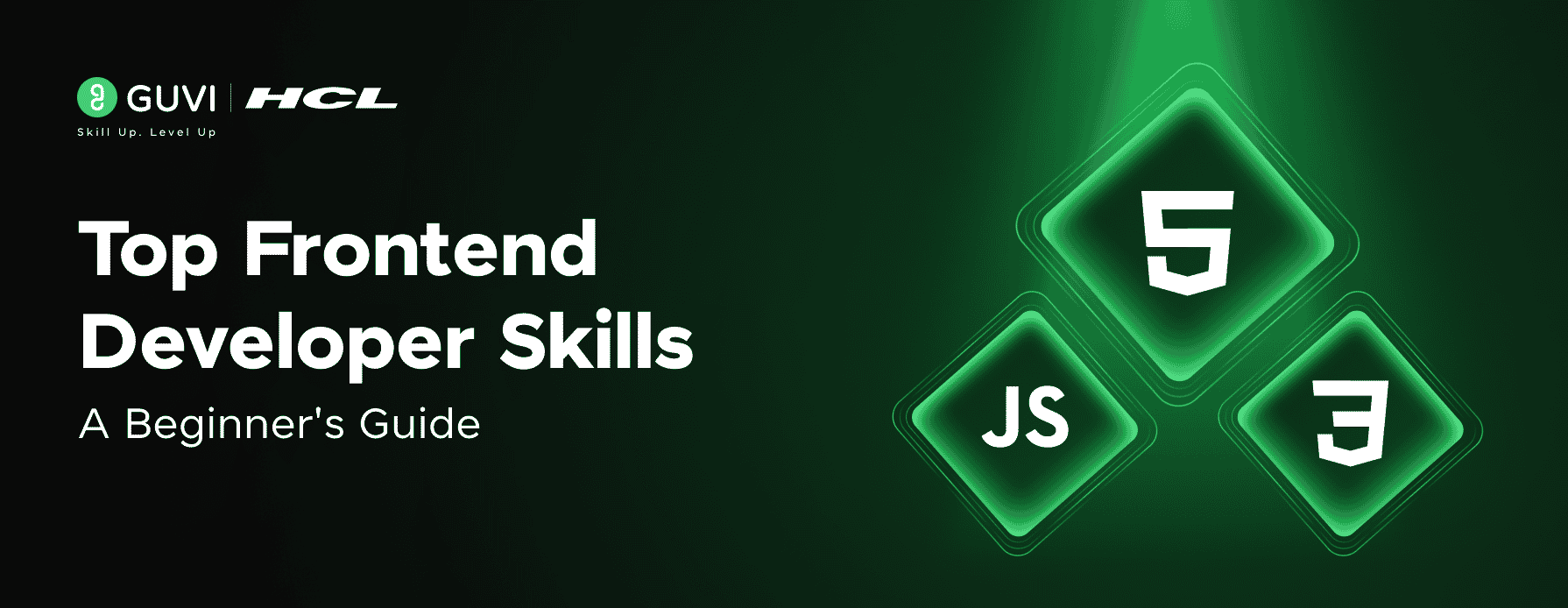
Top Frontend Developer Skills: A Beginner’s Guide [2025]
Oct 10, 2025 5 Min Read 14876 Views
(Last Updated)
I bet you’ve been hearing for quite some time about how popular frontend developer roles are and how they’ve been making a good amount of money right from their homes! Which in turn must’ve gotten you curious about what they do and what skills they possess to earn such favour.
Well frontend developers create the visual elements of websites that users interact with directly, earning around ₹7,98,000 annually in India. They need technical skills ranging from HTML and CSS to modern JavaScript features like destructuring and async/await. Furthermore, mastering component-based frameworks such as React, Vue.js, or Angular is crucial for building today’s web applications.
And, what’s even better is that the software industry currently faces a record-breaking shortage of professionals, which certainly makes this an opportune time to develop these in-demand skills. Hence, in this guide, we will be covering the top frontend developer skills that you must possess to transition into this role and a roadmap catered to beginners like you along with exclusive tips! Let’s begin.
Table of contents
- What is a frontend developer and what do they do?
- Key responsibilities of a frontend developer
- Why frontend development is a great career in 2025
- 1) High demand and job growth
- 2) Remote work opportunities
- Top 10 frontend developer skills to learn
- HTML and CSS
- JavaScript and ES6+ features
- Responsive design and media queries
- Version control with Git
- Frameworks like React, Vue, or Angular
- APIs and data fetching
- Testing and debugging
- Performance optimization
- How to become a frontend developer from scratch
- 1) Choose your learning path: bootcamp, self-study, or degree
- 2) Start with HTML, CSS, and JavaScript
- 3) Build real projects and a portfolio
- 4) Use GitHub to showcase your work
- 5) Apply for internships or freelance gigs
- Concluding Thoughts...
- FAQs
- Q1. What are the essential skills for a frontend developer in 2025?
- Q2. How long does it take to become a frontend developer from scratch?
- Q3. What are the career prospects for frontend developers?
- Q4. Which industries hire frontend developers?
- Q5. How can I showcase my frontend development skills to potential employers?
What is a frontend developer and what do they do?
A frontend developer is a specialized web professional who creates the visible parts of websites and applications that users directly interact with. Unlike the introduction’s focus on career prospects, let’s dive into what these developers actually do and the skills they need to excel.
![Top Frontend Developer Skills: A Beginner's Guide [2025] 1 What is a Frontend Developer and what do they do](https://www.guvi.in/blog/wp-content/uploads/2025/07/What-is-a-Frontend-Developer-and-what-do-they-do_-1200x630.png)
Key responsibilities of a frontend developer
Frontend developers handle a diverse range of tasks centered around creating positive user experiences. Here are their primary responsibilities:
- Creating User Interfaces (UI) – Translating design mockups into functional web pages using HTML for structure, CSS for styling, and JavaScript for interactivity.
- Building Responsive Designs – Ensuring websites function properly across various devices and screen sizes, from desktop computers to smartphones.
- Optimizing Performance – Improving website speed and efficiency through code optimization, image compression, and implementing best practices for faster loading times.
- Cross-Browser Compatibility – Testing and fixing issues to ensure consistent functionality across different browsers like Chrome, Firefox, Safari, and Edge.
- Collaborating with Teams – Working closely with designers, back-end developers, and other stakeholders to create cohesive web experiences.
Why frontend development is a great career in 2025
Looking beyond the technical aspects, career prospects in frontend development are particularly promising as we move through 2025. The field offers a unique combination of growth, flexibility, and diverse opportunities that make it an excellent career choice for beginners and experienced professionals alike.
![Top Frontend Developer Skills: A Beginner's Guide [2025] 2 Why Frontend Development is a great career](https://www.guvi.in/blog/wp-content/uploads/2025/07/Why-Frontend-Development-is-a-great-career_-1200x630.png)
1) High demand and job growth
The job market for frontend developers continues to expand at an impressive pace. What makes this growth particularly notable is its resilience. Despite economic fluctuations, the need for skilled frontend developers remains consistent as businesses across all sectors recognize the importance of maintaining strong digital presences.
For newcomers wondering about the frontend developer skills required to enter the field, the good news is that the high demand creates numerous entry points. Many companies are willing to train promising candidates who demonstrate strong foundational knowledge and problem-solving abilities.
In India, this global trend is reflected in competitive salaries, with entry-level frontend developers earning approximately ₹4,00,000 annually, while those with specialized skills in frameworks like React or Angular can command significantly higher compensation.
2) Remote work opportunities
One of the most attractive aspects of frontend development is the flexibility it offers. The role naturally lends itself to remote work arrangements, allowing you to collaborate with teams and clients worldwide.
This remote-friendly nature is demonstrated in current job listings. On LinkedIn alone, 404 out of 406 frontend web developer positions in the United States are listed as remote, with only one each for on-site and hybrid arrangements.
Top 10 frontend developer skills to learn
Mastering a specific set of technical abilities is essential for success in this field. Let’s explore the key frontend developer skills you need to learn in 2025.
![Top Frontend Developer Skills: A Beginner's Guide [2025] 3 top frontend developer skills](https://www.guvi.in/blog/wp-content/uploads/2025/07/Top-10-Frontend-Development-Skills-1200x630.png)
1. HTML and CSS
HTML and CSS form the foundation of any website. HTML creates the structure and content of web pages, while CSS adds styling and visual appeal. These languages work together to build the backbone of web development.
Modern HTML5 allows you to create attractive graphics and organize content with headings, lists, and other text-formatting elements. Meanwhile, CSS transforms your HTML-based content into professional-looking pages by controlling fonts, colors, spacing, and layouts.
2. JavaScript and ES6+ features
JavaScript is the powerhouse that makes websites interactive. It’s the only programming language primarily used on the frontend, making it the most deployed programming language in history. After learning basic JavaScript, focus on modern ES6+ features that simplify code and boost productivity.
JavaScript enables you to create dynamic elements like video players, real-time refreshing, date pickers, interactive maps, and online games. For beginners, mastering JavaScript fundamentals is crucial before moving to more advanced concepts.
3. Responsive design and media queries
Responsive design ensures your website looks good on all devices—from large desktop monitors to mobile phones. This approach has become essential since more people now access websites via mobile devices than desktops.
Media queries are CSS rules that apply different styles based on device characteristics like screen size. Learning responsive design principles helps you create layouts that automatically adapt without requiring users to pinch and zoom, delivering an optimal viewing experience across all platforms.
4. Version control with Git
Version control systems like Git track changes to your code over time. This essential tool allows you to:
- Revert to previous versions if needed
- Compare changes over time
- Collaborate effectively with team members
- Identify who made specific changes
Basic Git commands include git init, git add, git commit, git branch, and git merge. Mastering these fundamentals will prepare you for professional development environments where version control is mandatory.
5. Frameworks like React, Vue, or Angular
Frontend frameworks streamline development by providing pre-built solutions for common tasks. Each framework has distinct advantages:
- React: Developed by Facebook, ideal for building dynamic, high-performance user interfaces and single-page applications
- Vue: Known for its gentle learning curve and flexibility, perfect for quickly setting up projects
- Angular: A TypeScript-based framework by Google, excellent for large-scale enterprise applications
Knowing at least one framework is increasingly important for job seekers, as most modern web development relies on these tools.
6. APIs and data fetching
APIs (Application Programming Interfaces) allow your frontend to communicate with backend services. Understanding how to integrate with APIs is crucial for creating dynamic websites that display real-time data.
The Fetch API and newer techniques like async/await make it easier to request and process data from servers. Familiarize yourself with REST principles, HTTP methods (GET, POST, PUT, DELETE), and handling API responses in JSON format.
7. Testing and debugging
Effective testing ensures your code works as expected across different browsers and devices. Frontend developers use various testing approaches:
- Unit testing (with Jest or Mocha) to verify individual components
- Integration testing (with Cypress) to check the combined components
- Browser developer tools for debugging and troubleshooting
These skills help you catch issues early and maintain high-quality code throughout development.
8. Performance optimization
Website speed significantly impacts user experience and SEO rankings. Performance optimization techniques include:
- Minifying CSS and JavaScript files
- Compressing images properly
- Implementing caching strategies
- Reducing HTTP requests
Learning these approaches will help you build fast-loading websites that keep users engaged and satisfied.
How to become a frontend developer from scratch
Starting your journey in frontend development doesn’t require previous coding experience. With dedication and the right approach, you can build the necessary frontend developer skills within 6-12 months. Here’s how to transform yourself into a hireable developer from scratch.
![Top Frontend Developer Skills: A Beginner's Guide [2025] 4 How to become a Frontend Developer from scratch](https://www.guvi.in/blog/wp-content/uploads/2025/07/How-to-become-a-Frontend-Developer-from-scratch_-1200x628.png)
1) Choose your learning path: bootcamp, self-study, or degree
The first step is selecting a learning method that matches your style and circumstances:
- Bootcamps: Provide structured, intensive training with hands-on experience in 3-6 months such as HCL GUVI’s Full Stack Development Course which will be your ultimate starting point. Designed by industry experts from IIT-M and backed by real-world projects, this course helps you build strong frontend skills and land top tech jobs with placement support.
- Self-study: Flexible and cost-effective using resources like HCL GUVI, freeCodeCamp, and Coursera
- Degree programs: Offer comprehensive education but require longer time investment
Your choice depends on your learning preferences, budget, and time constraints. Many successful developers are self-taught, so formal education isn’t mandatory for breaking into the field.
2) Start with HTML, CSS, and JavaScript
Begin with the core technologies that form the foundation of frontend development:
- Master HTML to structure web content
- Learn CSS to style and create responsive layouts
- Study JavaScript for adding interactivity and dynamic features
Focus on understanding these fundamentals thoroughly before moving to frameworks or libraries. Practice by creating simple elements like navigation menus and contact forms.
3) Build real projects and a portfolio
Theory alone isn’t enough – employers want to see practical skills. Instead of following tutorials exactly, challenge yourself to build original projects that showcase your abilities. Start with simple websites, then progress to more complex applications as your skills grow.
4) Use GitHub to showcase your work
GitHub serves as both a version control system and a portfolio platform. Create a GitHub account to:
- Store and manage your code
- Track changes and collaborate with others
- Display your projects to potential employers
Making your repositories public allows recruiters to review your coding practices and problem-solving approach.
5) Apply for internships or freelance gigs
Once you’ve built a portfolio with 3-5 quality projects, start applying for entry-level opportunities. Internships provide valuable real-world experience, consequently improving your skills and employability. Alternatively, freelance platforms like Upwork or Internshala offer opportunities to build professional experience while earning income.
Remember that consistent practice is the key to success in frontend development. Dedicate time daily to coding, and stay connected with the developer community through forums and social media.
Concluding Thoughts…
As we conclude, I’m sure you’ve understood that frontend development stands out as an exceptional career path with remarkable growth potential. Throughout this guide, you’ve learned that demand for these professionals continues to surge.
Accordingly, mastering core frontend developer skills proves worthwhile for beginners entering the tech industry. HTML, CSS, and JavaScript form your foundation, while frameworks like React and Vue.js enhance your capabilities significantly. Additionally, version control, API integration, and performance optimization round out the essential skillset employers seek.
The path forward is clear: start with fundamentals, practice consistently, build a portfolio, and apply for opportunities that match your skill level. Before long, you’ll find yourself part of this dynamic, rewarding field with endless possibilities for growth and innovation.
FAQs
Q1. What are the essential skills for a frontend developer in 2025?
The key skills include proficiency in HTML, CSS, and JavaScript, knowledge of frontend frameworks like React or Vue.js, responsive design techniques, version control with Git, and API integration. Additionally, performance optimization and testing/debugging skills are crucial.
Q2. How long does it take to become a frontend developer from scratch?
With dedication and consistent practice, you can build the necessary frontend developer skills within 6-12 months. This timeline can vary based on your learning method (self-study, bootcamp, or degree program) and the amount of time you can dedicate to learning and practicing.
Q3. What are the career prospects for frontend developers?
Frontend development offers excellent career prospects with job growth projected at 16% through 2032. The field provides opportunities for remote work, competitive salaries, and diverse industry options. Entry-level professionals in India can expect annual salaries ranging from ₹3,00,000 to ₹6,00,000, with senior roles commanding upwards of ₹25,00,000.
Q4. Which industries hire frontend developers?
Frontend developers are in demand across various sectors. The top-paying industries include finance, media, technology, manufacturing, and startups. Other sectors with significant opportunities include healthcare technology, education technology, e-commerce, and financial technology.
Q5. How can I showcase my frontend development skills to potential employers?
Build a portfolio of real projects and host them on platforms like GitHub. This allows you to demonstrate your coding practices and problem-solving approach. Additionally, contribute to open-source projects, participate in coding challenges, and consider freelancing or internships to gain practical experience and build a professional network.


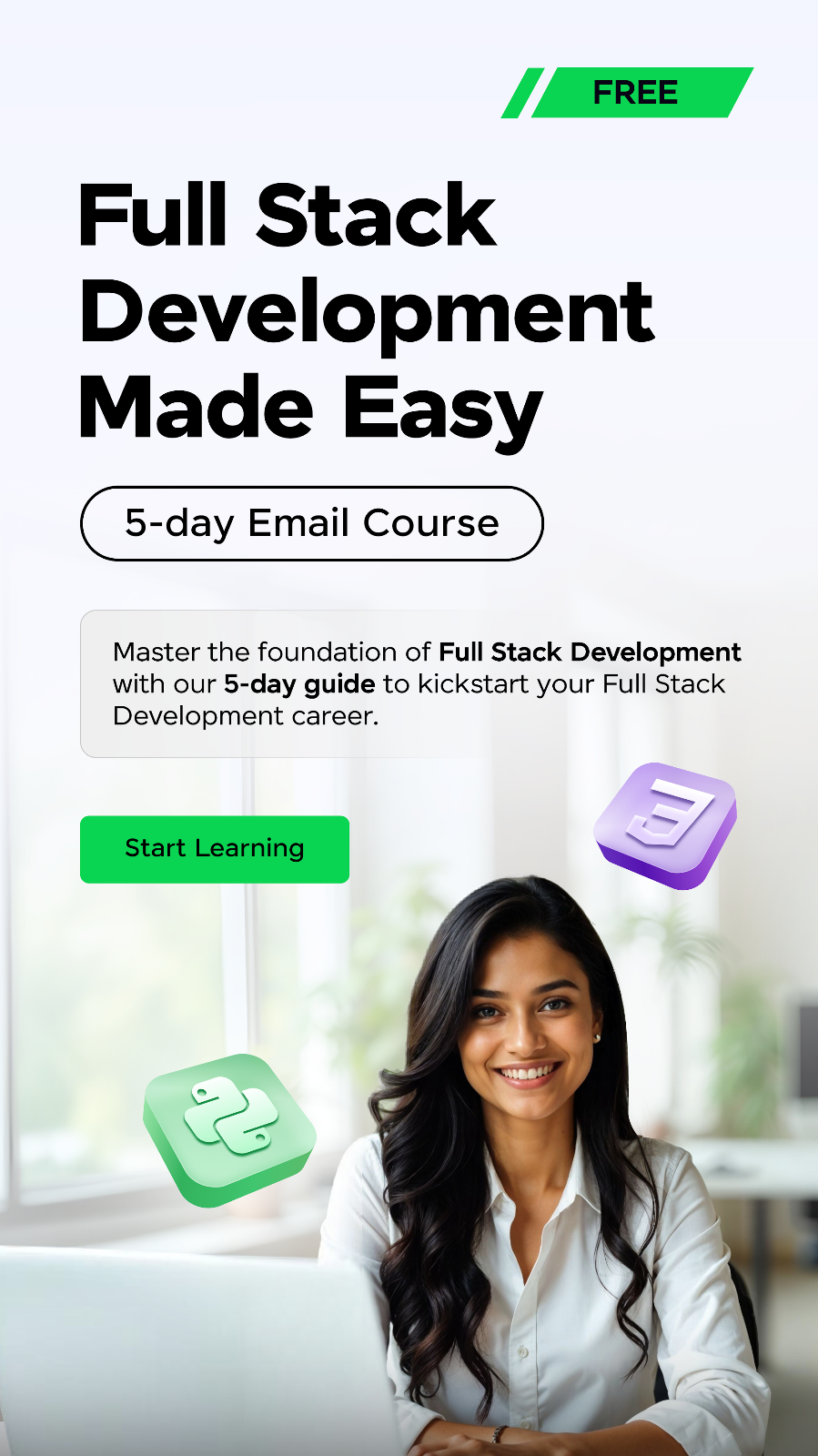








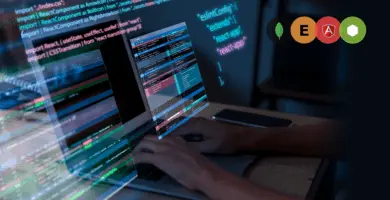
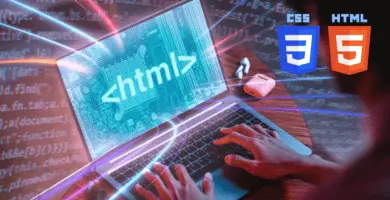















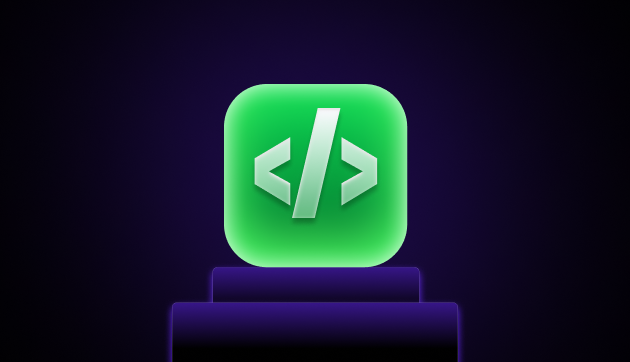
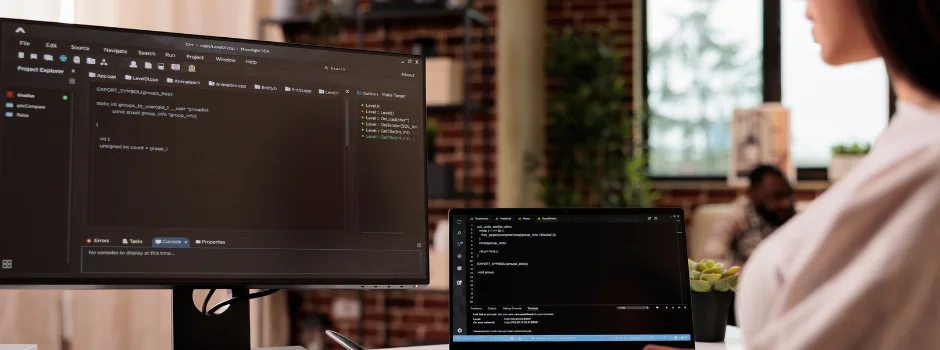

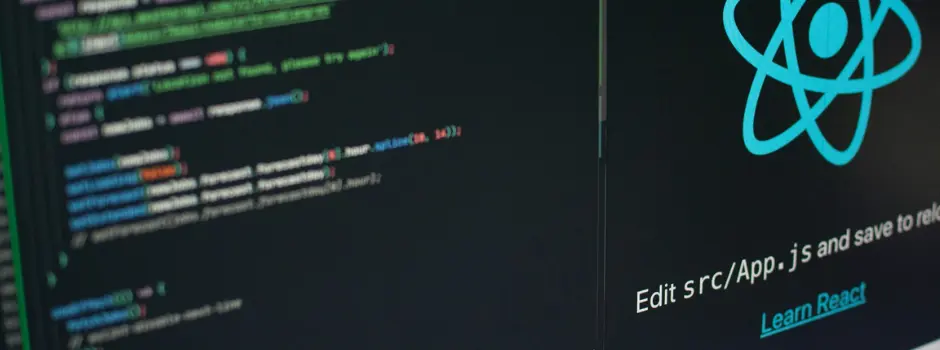




Did you enjoy this article?